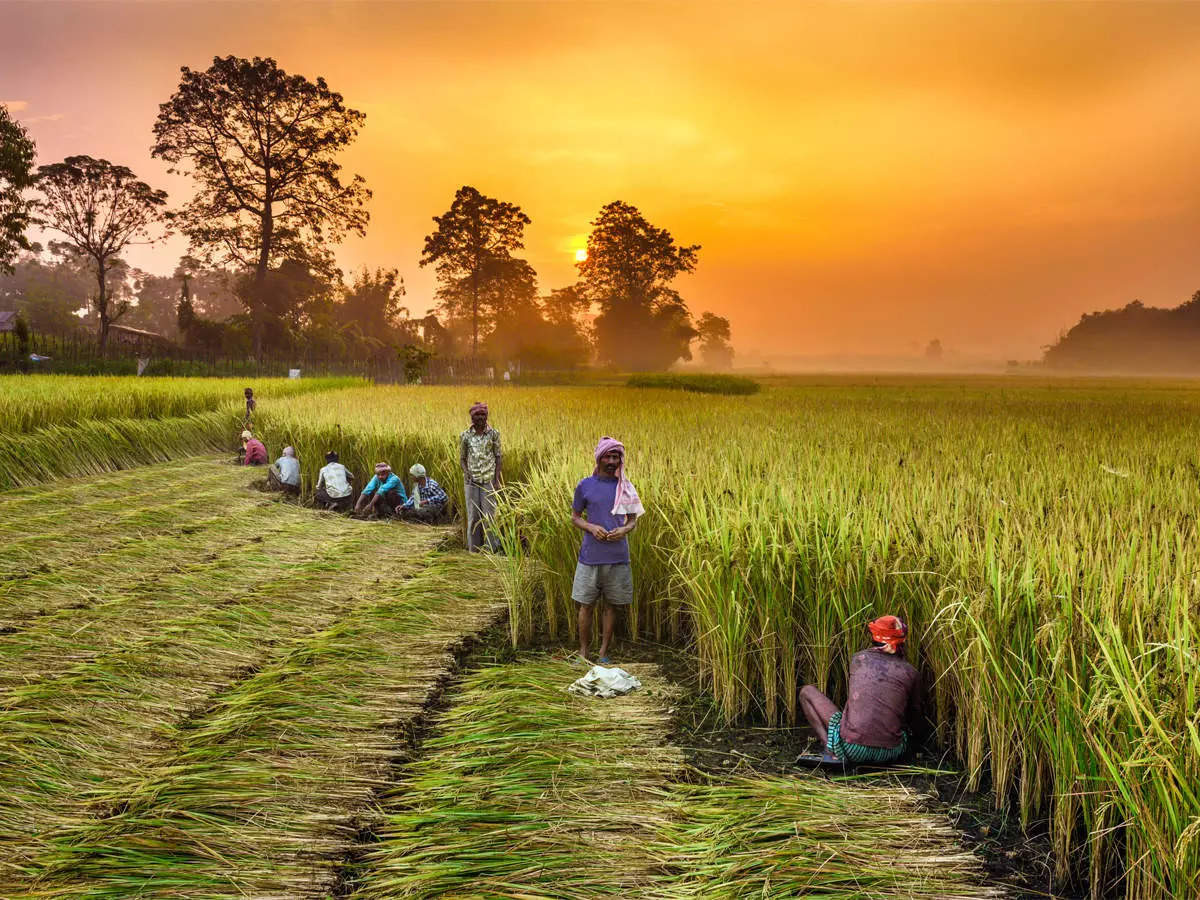
From India To US, Farmers Are Taking On Post-Apocalyptic’ Food Crisis
For Australian cattle planter Jody Brown, the most nipping substantiation of failure is the silence. Trees stand still, the warbling of catcalls gone. Lizards and emus have long departed, while kangaroo maters, unfit to sustain seed, kick baby joeys from their sacks, leaving them to corrupt in the ruinous heat.
“You just feel like you are in some kind ofpost-apocalyptic scene,”37- time old Brown said from her family’s estate in Queensland’s central west. The constant blankness means her cattle herd has downscaled to around 400, down from at its peak in 2002, and at times there have been no creatures on the land at all. The native meadows, formerly green food, have disintegrated into slate ash.
The world is facing a new period of fleetly adding food prices that could push nearly 2 billion further people into hunger in a worst-case climate extremity.
Defying the dire prognostications, growers have begun to acclimatize. On Brown’s estate in Australia, she’s experimenting with regenerative- husbandry practices more suited to failure. And across the globe, growers are switching crops, switching seeds, adding irrigation and indeed putting face masks on their cows in the battle to both increase affair and reduce their own emigrations. Meanwhile companies including Syngenta Group, the Swiss agrichemicals giant, are developing new kinds for vegetables like cabbages that are more resistant to extreme rainfall.
“We have got to acclimatize,”Brown said. She’s exploring druthers to traditional grazing styles that do not push the land as hard, suchlike grouping together beast into tighter, more compact groups and rotating them snappily across paddocks.
“Potentially, there were always better ways of doing effects, but you just did not notice because you were not put under the pressure that climate change puts you under,”she said.
Syngenta AG’s white cabbages, bred for nonentity resistance and rigidity to changing conditions similar as failure and heat, at the company’s Fields of Innovation, in Grootebroek, the Netherlands.
It’s a fight against the cataracts, failure, frost and scorching heat that have agonized granges from Brazil to Canada and Vietnam, which scientists prognosticate will only worsen in the decades ahead.
Global crop yields could fall about 30 because of climate change, while food demand is anticipated to jump 50 in the coming decades, according to United Nations’ estimates. Fisheries and water inventories are decreasingly hovered, too, said Zitouni Ould-Dada, deputy director of the office of climate change, biodiversity and terrain for the UN’s Food and Agriculture Organization.
One of the biggest challenges for growers is that there is not presently the large-scale collaboration or access to finances that would be critical to shoulder the kind of massive metamorphosis that is demanded.
Still, that you have to coordinate, that is a huge task,”If you have to deal with millions of growers around the world.
The UN’s FAO is calling on leaders attending the COP26 climate peak to pledge more global conduct to help growers gauge up results. The group is targeting periodic investments of$ 40 to$ 50 billion through 2030 to fund effects like invention in digital husbandry.



Average Rating